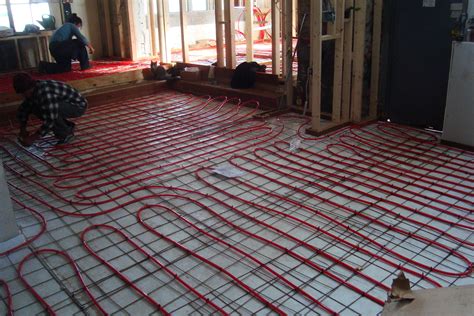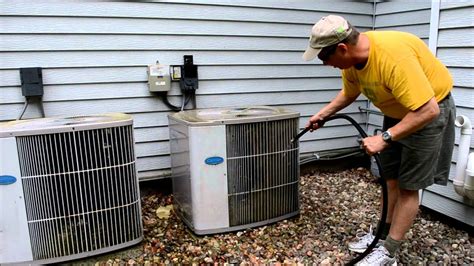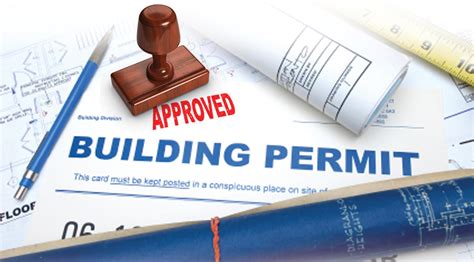
Are you tired of stepping onto cold floors during the winter months? Electric radiant floor heating can be the solution you’re looking for. This innovative heating system provides warmth from beneath the surface, creating a comfortable and cozy environment in your home. In this article, we will explore the basics of electric radiant floor heating, including its anatomy, costs, and alternative options.
Anatomy of an Electric Radiant Floor Heating System
An electric radiant floor heating system consists of three main components:
- Heating Element: The heating element, often made of a series of electric cables or mats, is installed beneath the flooring surface. When electricity passes through the element, it generates heat, which radiates upward to warm the room.
- Thermostat: The thermostat serves as the control center for the radiant floor heating system. It allows you to set the desired temperature and schedule for your floors. Modern thermostats often come with programmable features and smart technology for energy efficiency.
- Flooring Material: Electric radiant floor heating can be installed under various types of flooring, including tile, stone, laminate, and engineered wood. It is important to choose flooring materials that are compatible with the heating system and have good thermal conductivity.
Costs
The cost of installing electric radiant floor heating depends on several factors, such as the size of the area, complexity of the installation, and chosen materials. On average, the cost ranges from $8 to $12 per square foot. Keep in mind that this estimate includes both the materials and labor involved in the installation process. It is advisable to obtain multiple quotes from professional installers to get an accurate idea of the costs for your specific project.
Alternate Forms of Radiant Floor Heating
While electric radiant floor heating is a popular choice, there are alternative options available:
- Hydronic Radiant Floor Heating: Hydronic systems use hot water flowing through tubes or pipes installed beneath the floor to provide warmth. This type of system is often more energy-efficient and suitable for larger areas. However, it requires a boiler or water heater to heat the water, which may increase the installation cost.
- Air-Heated Radiant Floor Heating: Air-heated systems circulate warm air through ducts placed beneath the floor. They are typically less expensive to install but may be less efficient than water-based systems. Air-heated radiant floor heating is best suited for regions with milder climates.
FAQs (Frequently Asked Questions)
1. Is electric radiant floor heating energy-efficient?
Electric radiant floor heating can be energy-efficient if used properly. Since the heat is emitted from the floor, it allows for even distribution and targeted heating. Additionally, programmable thermostats enable you to control the temperature and schedule the heating system based on your needs, minimizing energy waste.
2. Can electric radiant floor heating be installed in existing homes?
Yes, electric radiant floor heating can be installed in existing homes, although it may require more effort and planning. The installation process involves removing the existing flooring, installing the heating element, and then reinstalling or replacing the flooring material. It is recommended to consult with a professional installer to determine the feasibility and compatibility of electric radiant floor heating in your home.
3. Are there any maintenance requirements for electric radiant floor heating?
Electric radiant floor heating systems typically require minimal maintenance. Regular cleaning of the floors and periodic inspections of the heating elements are usually sufficient. It is important to follow the manufacturer’s guidelines and recommendations for maintenance to ensure the optimal performance and longevity of the system.
Experience the joy of warm floors during the cold winter months with electric radiant floor heating. By understanding its anatomy, costs, and alternative options, you can make an informed decision about incorporating this modern heating solution into your home. Stay cozy and comfortable all year round!






